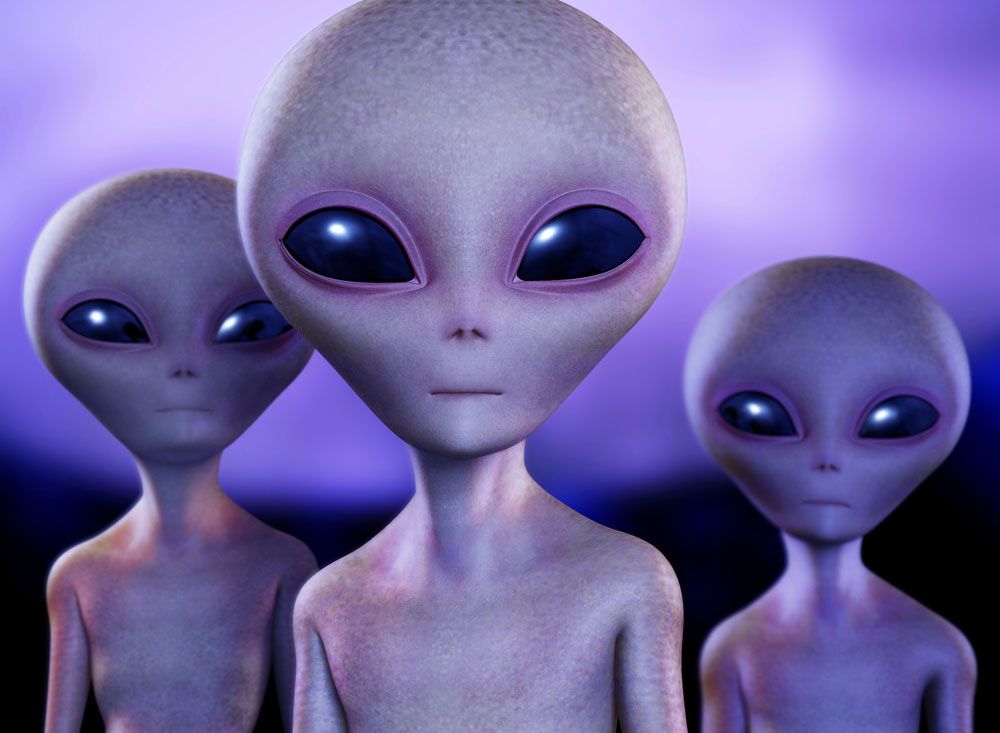How to Tweet to Aliens Tonight

Don't forget to contact aliens this evening.
All Twitter messages composed between 8 p.m. EDT Friday (June 29) and 3 a.m. EDT Saturday (June 30) tagged with the hashtag #ChasingUFOs will be collectively beamed up to space Aug. 15, toward a region of the sky that may contain a habitable, life-bearing planet.
The cosmic tweet is a belated reply to the Wow! signal, a mysterious radio transmission that was detected at the Big Ear radio observatory in Ohio in 1977 coming from the direction of the constellation Sagittarius. At its peak, the 72-second transmission was 30 times more powerful than ambient radiation from deep space, prompting the volunteer astronomer Jerry Ehman to scrawl "Wow!" next to the data on a computer printout, giving the signal its name.
No one knows whether the seemingly unnatural blip of data really was beamed toward Earth by aliens, and despite great effort, scientists have never managed to detect a repeat transmission from the same spot in the sky. Thirty-five years on, the Wow! signal remains an anomaly.
Now, the Sagittarius aliens — if they do, in fact, exist — are finally getting humanity's response. The National Geographic Channel has organized the cosmic social media event to coincide with the premiere of its new series, "Chasing UFOs." [Roswell, Other Famous UFO Claims Get a Fresh Look]
All #ChasingUFOs tweets, as well as several 72-second video messages being created by celebrities, writers, artists, filmmakers, musicians and scientists, will be rolled into a single message for space, according to the National Geographic Channel. The message will then be encrypted with the help of astronomers at Arecibo Observatory in Puerto Rico, and beamed skyward.
"More than likely, we will be using binary phase codes," or sequences of 1s and 0s, said Kristin Montalbano, a spokeswoman for the National Geographic Channel. "The [alien] scientists, on the other end, would theoretically be challenged to find a way to decrypt the transmission and understand our language," Montalbano told Life's Little Mysteries.
Sign up for the Live Science daily newsletter now
Get the world’s most fascinating discoveries delivered straight to your inbox.
Hopefully, Twitter slang won't throw them off.
So, if you have something you'd like to say to E.T., let it rip — but make sure you keep it to 140 characters or less.
Follow Natalie Wolchover on Twitter @nattyover. Follow Life's Little Mysteries on Twitter @llmysteries. We're also on Facebook & Google+.
Natalie Wolchover was a staff writer for Live Science from 2010 to 2012 and is currently a senior physics writer and editor for Quanta Magazine. She holds a bachelor's degree in physics from Tufts University and has studied physics at the University of California, Berkeley. Along with the staff of Quanta, Wolchover won the 2022 Pulitzer Prize for explanatory writing for her work on the building of the James Webb Space Telescope. Her work has also appeared in the The Best American Science and Nature Writing and The Best Writing on Mathematics, Nature, The New Yorker and Popular Science. She was the 2016 winner of the Evert Clark/Seth Payne Award, an annual prize for young science journalists, as well as the winner of the 2017 Science Communication Award for the American Institute of Physics.












